
Your total lawn care cost depends on several factors, including the type of service and lawn size. Our guide will cover what you can expect to pay for lawn care.
Prepare to be flooded with brilliant drainage ideas for any kind of landscape


A flooded, muddy yard isn’t just an inconvenience that ruins your shoes when you walk through the grass. Poor water drainage can also lead to costly damage to your yard and even the foundation of your home. Adding a yard drainage system to your property can help minimize flooding, whether you tend to find water pooling in the driveway, near downspouts, or around the perimeter of your lawn. Find inspiration with these 13 yard drainage ideas, plus learn who to call for help with yard drainage problems.

Installing a dry creek bed can be an attractive yard drainage idea that naturally redirects water from a point where it tends to pool to another point that could use more water. To establish a dry creek bed, you can use rocks and gravel of varying sizes to form a winding path through your landscape. If you’re unsure of the best route for your dry creek bed, consider consulting with a landscaping company for help.
You can use gravity to your advantage by regrading your yard to form a slope more suitable for drainage. However, this is a pretty big project that may involve land excavation or delivering and establishing new soil and sod. A local landscaping company can help you get the job done right.
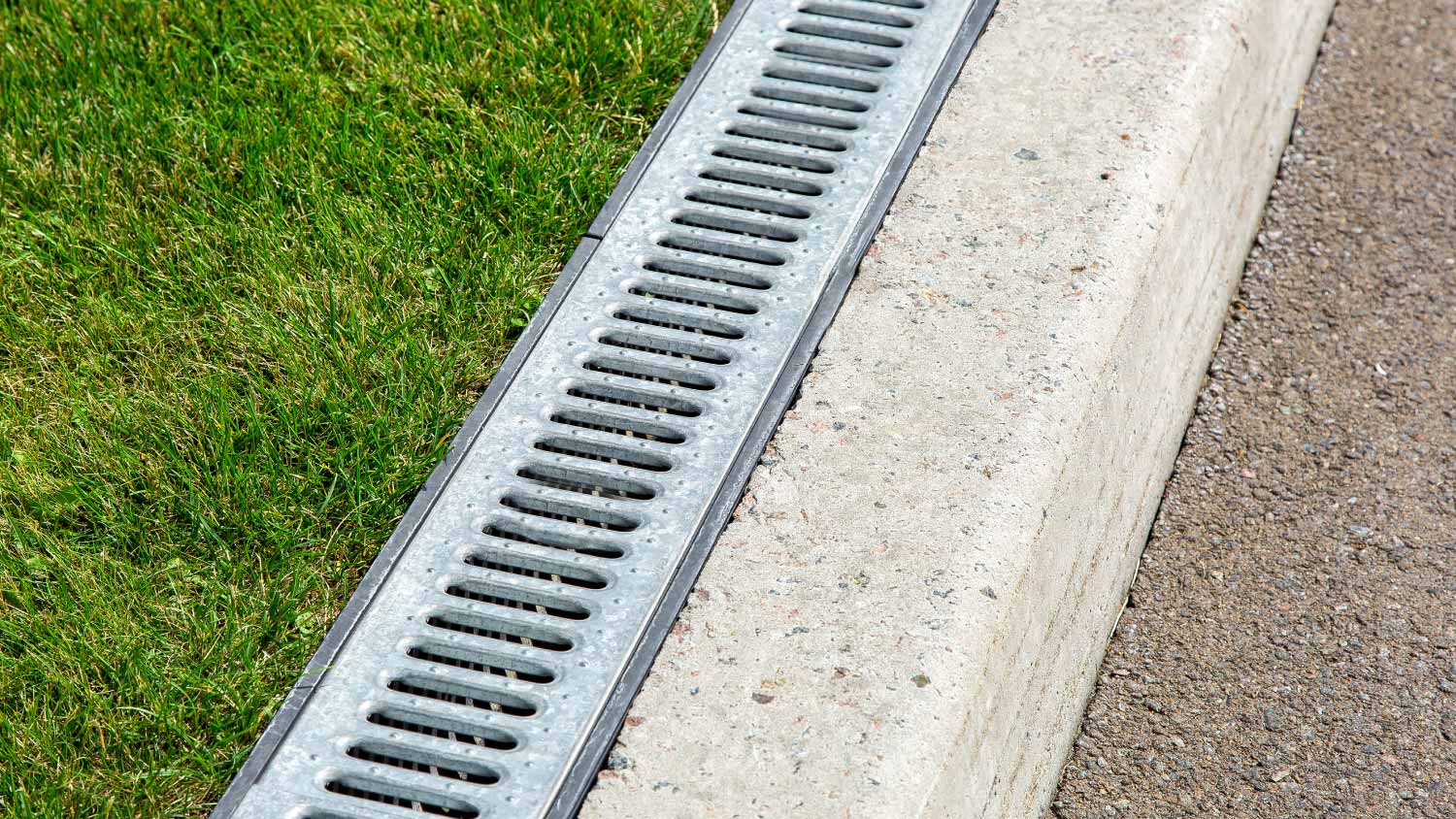
Channel drains are commonly used to divert water away from a driveway or other hardscaping area. These long, narrow drains collect flowing water, which flows through pipes underground and then disperses in a safe place, like a dry well.
Installing channel drains for landscape drainage costs $3,000 to $9,000 per 100 linear feet, and this job is best handled by drainage installation professionals, as it may involve excavating parts of the driveway.
A dry well is a large basin installed underground that collects excess water and slowly disperses it out into the soil over time. This drainage tool works with other systems, like yard drains or downspout extensions, that direct the water away from the home and into the dry well.

If you’ve been looking into yard drainage ideas, you’ve probably come across something called a French drain. So, what is a French drain, and how does it work? This drainage system involves perforated PVC tubes that are buried in a trench beneath porous materials like gravel. The water soaks into the ground and into the pipe, which can then direct the water elsewhere.
French drains are typically installed around the perimeter of a property, so they can be especially useful if a neighboring property tends to flood into your yard when it rains.
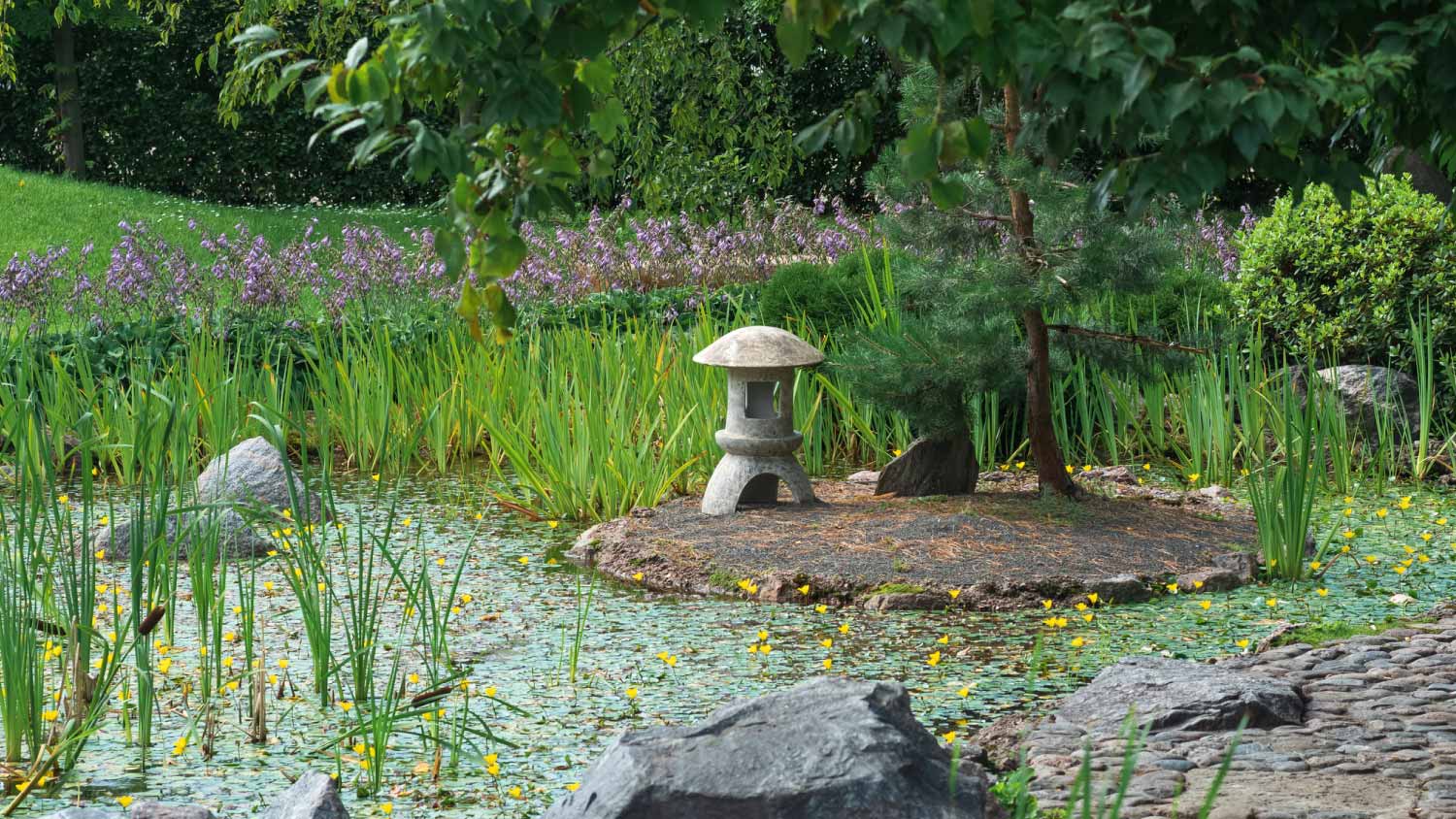
For those with green thumbs, establishing a rain garden is a great way to put all the rain to good use. Rather than letting water runoff ruin your lawn, a rain garden planted with thirsty, native perennial plants is a helpful way to reuse rainwater.
A rain garden can work well alongside other yard drainage ideas, like a dry creek bed or sloped landscape. These designs can help redirect excess rainwater to your rain garden. You can also connect other drainage methods, like catch basins or yard drains, to the rain garden with pipes and a pop-up drain emitter.
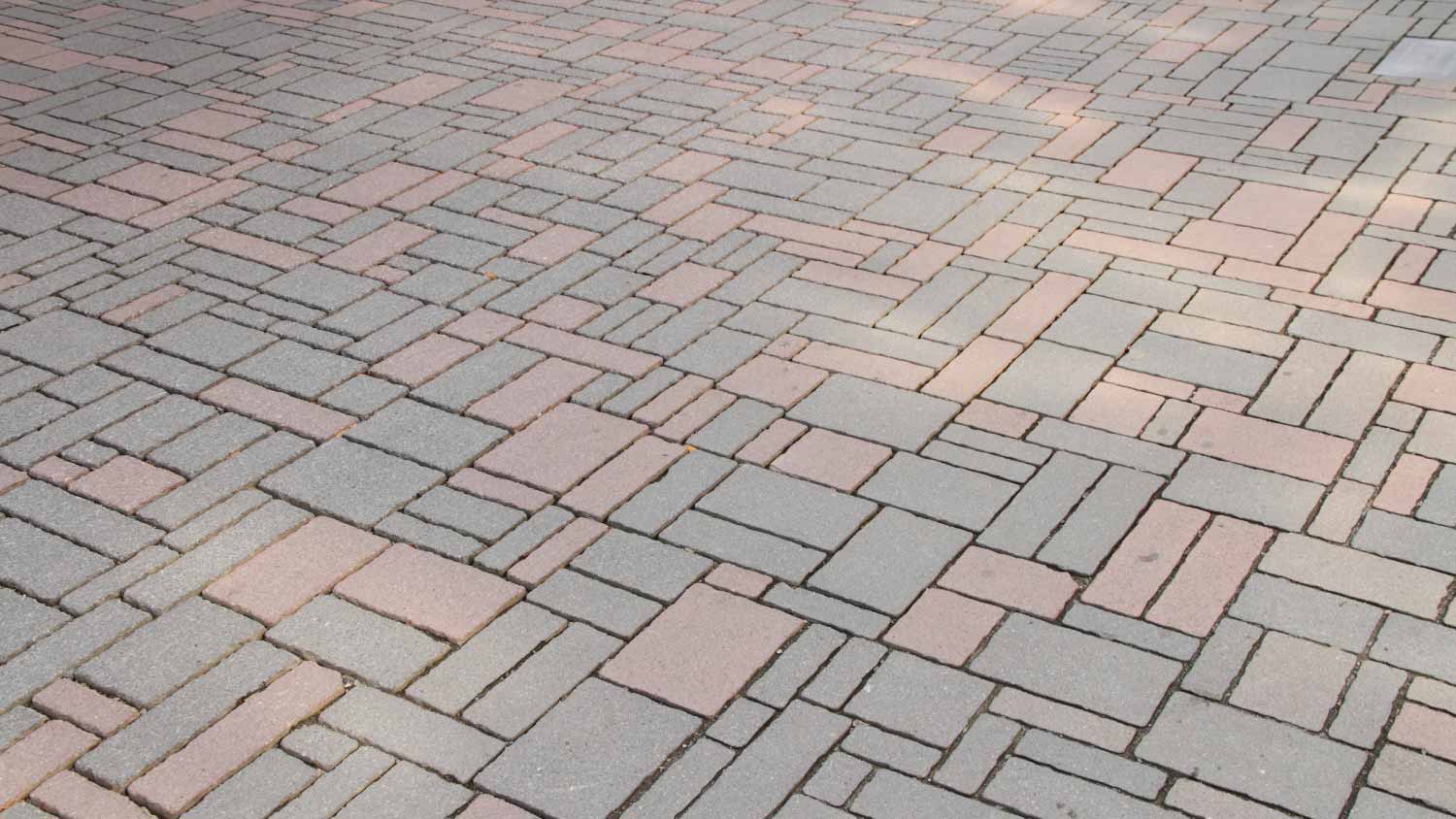
While asphalt and concrete driveways, patios, or walkways can be beneficial for some properties, they aren’t always the best option if your yard floods frequently. If that’s the case, swapping your hardscaping for more porous materials is one of many yard drainage ideas that will help reduce the water puddles that are destroying your lawn.
Try switching to gravel, porous asphalt, or even pavers for your hardscaping to help improve drainage.
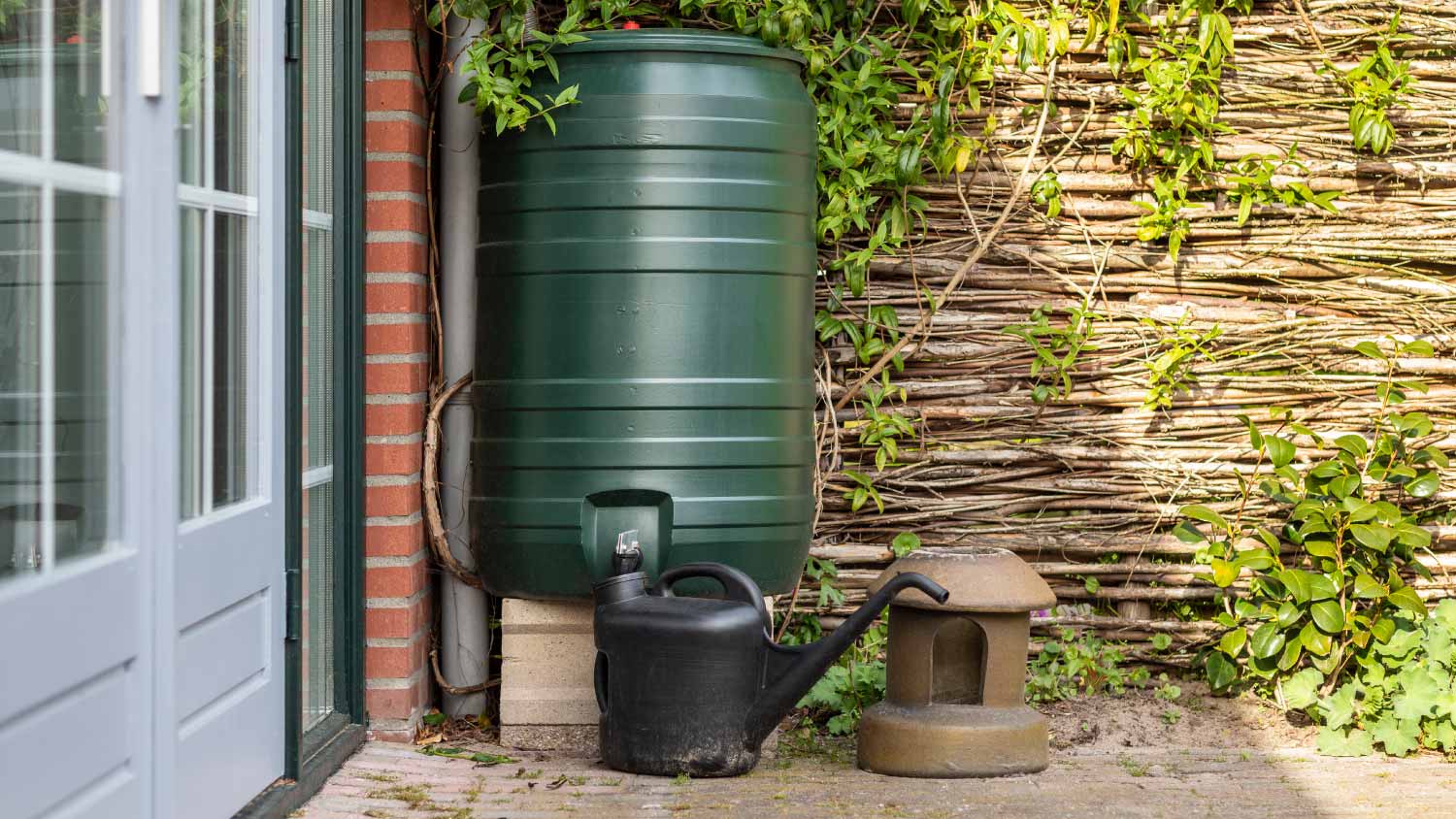
A rain barrel allows you to capture rainwater, which can help minimize the amount of water coming into your yard. An added benefit of installing a rain barrel is that you can reuse this graywater for irrigating your garden or lawn.
Make sure to check local laws before buying and installing a rainwater harvesting system. Some cities and states have restrictions or bans on collecting and reusing rainwater, and a local gutter pro can help you find that information.
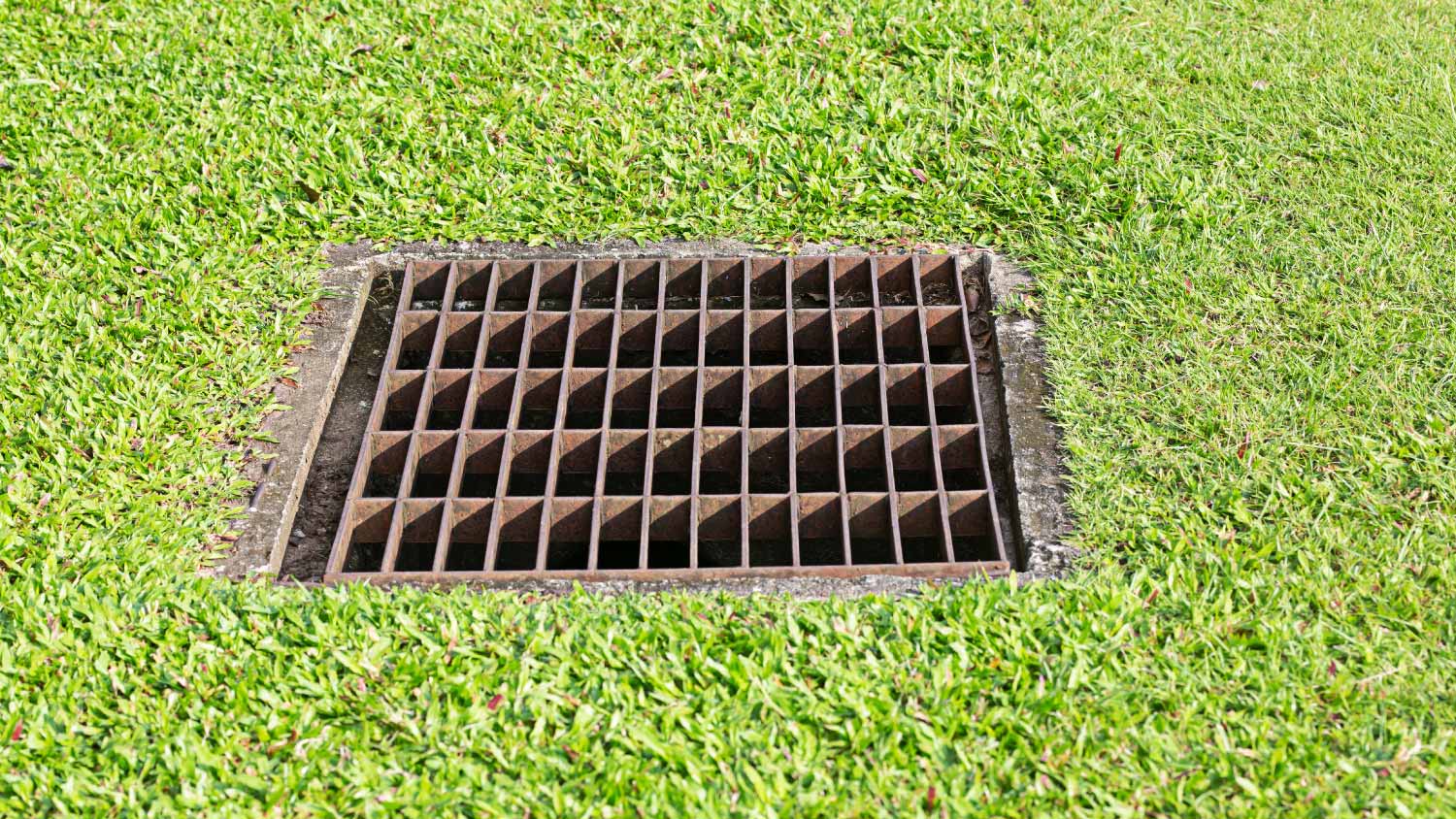
A catch basin is a drain that sits right underneath the downspouts around your home. If you frequently notice water pooling around your downspouts, you can improve drainage by installing catch basins. The water drains down the catch basin into pipes that carry the water and let it flow out elsewhere, like into a dry creek bed you’ve installed or through a drain emitter.
Another yard drainage idea that helps direct excess water from gutters and downspouts is a downspout extension. This handy tool connects to the downspout and stretches about 4 feet further. This can help carry water away from your home’s foundation or your prized garden beds that flank the house. If you’re looking for a quick and easy drainage option that you can DIY, a downspout extension could be the right fit.

Learning how to aerate your lawn is one of the most valuable skills you can learn if you want to keep your yard vibrant and healthy. It’s also a great way to improve yard drainage. Aerating a lawn involves creating holes around the yard to allow air to reach the soil, and this process also helps loosen compacted soil underground. You can use a lawn aerator tool or even a pitchfork to puncture the lawn and help aerate it.
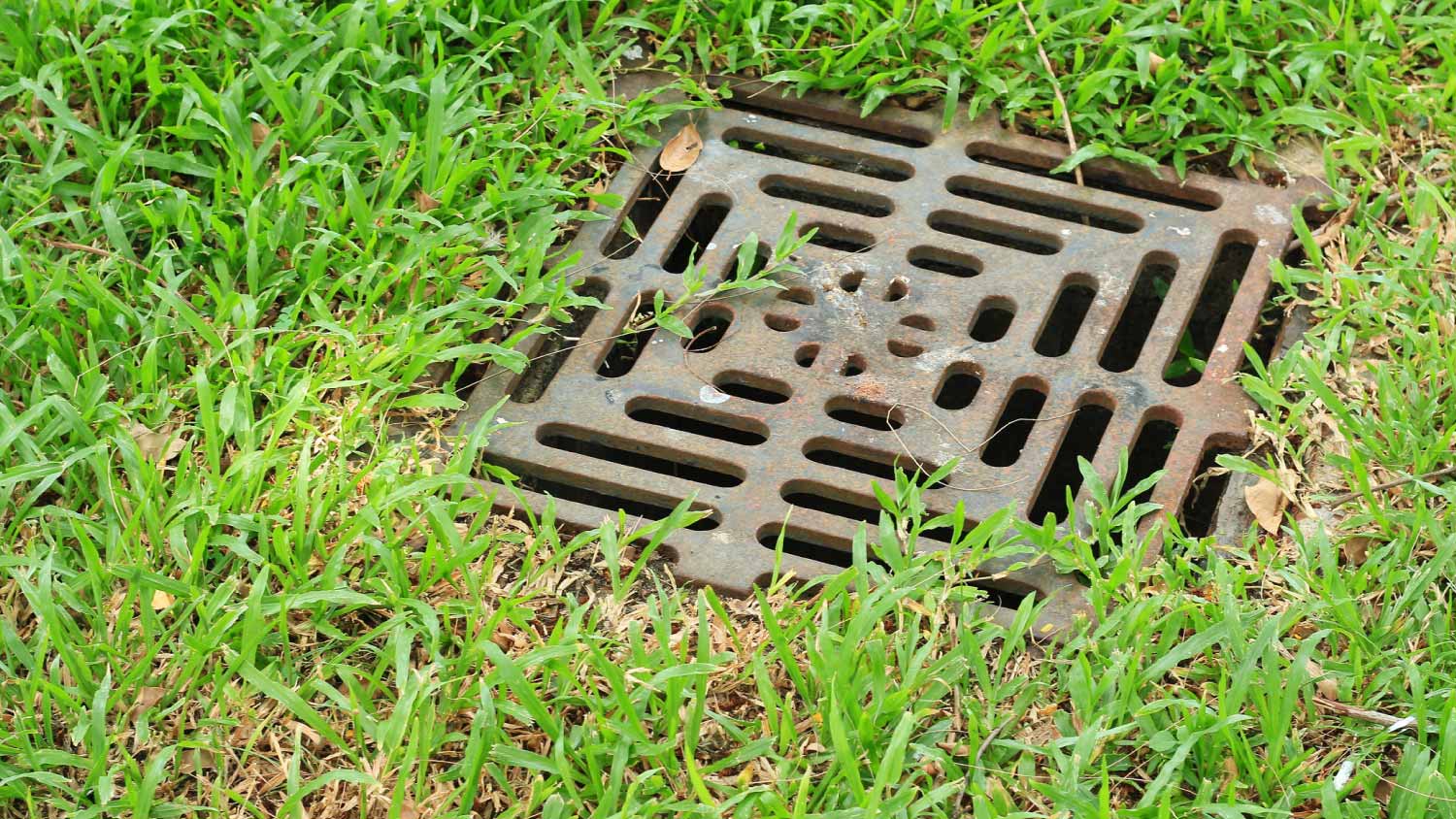
Looking for yard drainage ideas? Well, why not install some yard drains? Yard drains, which are similar to catch basins, sit at the lowest spots of your lawn and connect to pipes underground. These pipes move the water away, often to another point, like a dry well or a pop-up drain emitter.
If your yard is prone to flooding and you’re worried about flooding in your home, you may want to consider hiring a foundation drain installation pro near you to help. These experts can install a drain and pipes either in your basement or outside of your home’s foundation to direct any excess water away from your home. This is a big job, though, so this is one project you don’t want to attempt to DIY.
From average costs to expert advice, get all the answers you need to get your job done.

Your total lawn care cost depends on several factors, including the type of service and lawn size. Our guide will cover what you can expect to pay for lawn care.
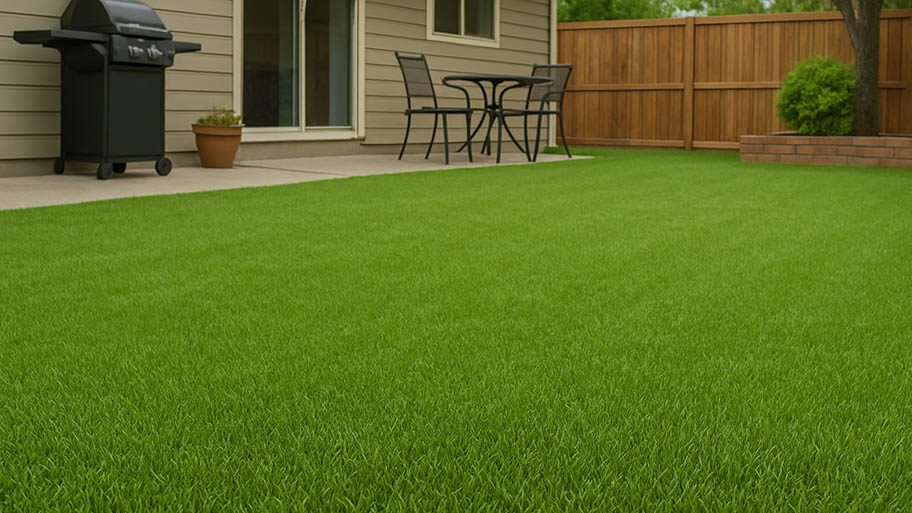
Artificial grass is a low-maintenance alternative to traditional turf. Learn how much artificial grass installation costs and what affects your price.

How much it costs to rent a lawn aerator depends on what kind you rent and how long you rent it for. Read on for the full details.
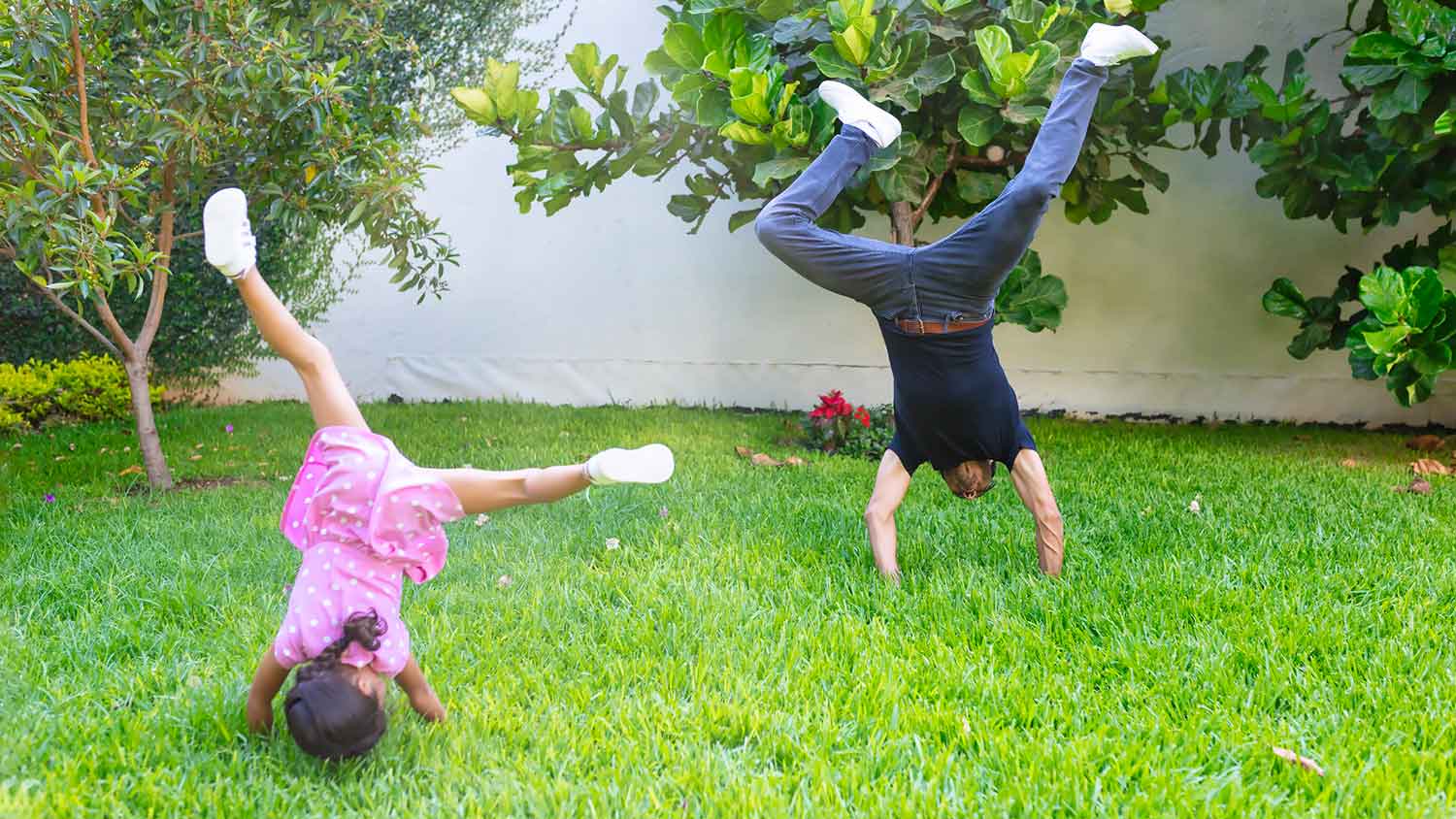
If you’re dreaming of growing a thick, healthy lawn, one of your key questions will be: How much grass seed do I need? Learn how to calculate it in this guide.

The type of grass you have dictates a lot about your lawn, including how you take care of it. This lawn grass identification guide can help.

Don’t grab the shovel just yet. A lush lawn is within reach if you first learn how to grow grass in sandy soil. (Hint: Only certain types thrive in sand and silt!)